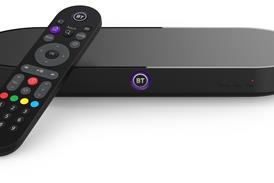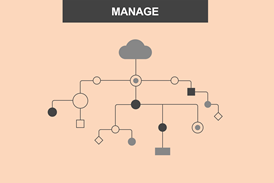Next Generation Audio: Getting audiences closer to the action

Recent developments in TV technology only offer more of the same, whilst Next Generation Audio offers completely new opportunities and a chance to address one of the most frequent causes of complaint made to broadcasters, writes Rupert Brun.
Recent developments in TV picture technology have been rapid but these improvements simply give us more of what we already had. We can offer more pixels, more colours, more pictures per second and more shades of grey.
Developments in the audio side of TV have been even slower. Stereo was invented in 1931 but not widely used for TV until the 1980s with surround sound coming along a decade or so later. Like the video improvements, audio developments have offered more of what we know, delivering more channels, each one mapped to a specific loudspeaker. The quality of the pictures and sound delivered to consumers has increased greatly, and many new platforms have been introduced, but the essential offer is changed.
Next Generation Audio (NGA) is a new approach. NGA isn’t just “more channels”, it offers totally new possibilities. NGA supports the traditional channel-based approach and adds high order ambisonics and audio objects.
Ambisonic sound is popular in virtual and augmented reality applications because of the comparative ease with which the sound stage can be rotated in response to the user turning their head. Audio objects are streams which, unlike channels, are…
Read the full article

Sign up to IBC365 for free
Sign up for FREE access to the latest industry trends, videos, thought leadership articles, executive interviews, behind the scenes exclusives and more!
Already have a login? SIGN IN




















